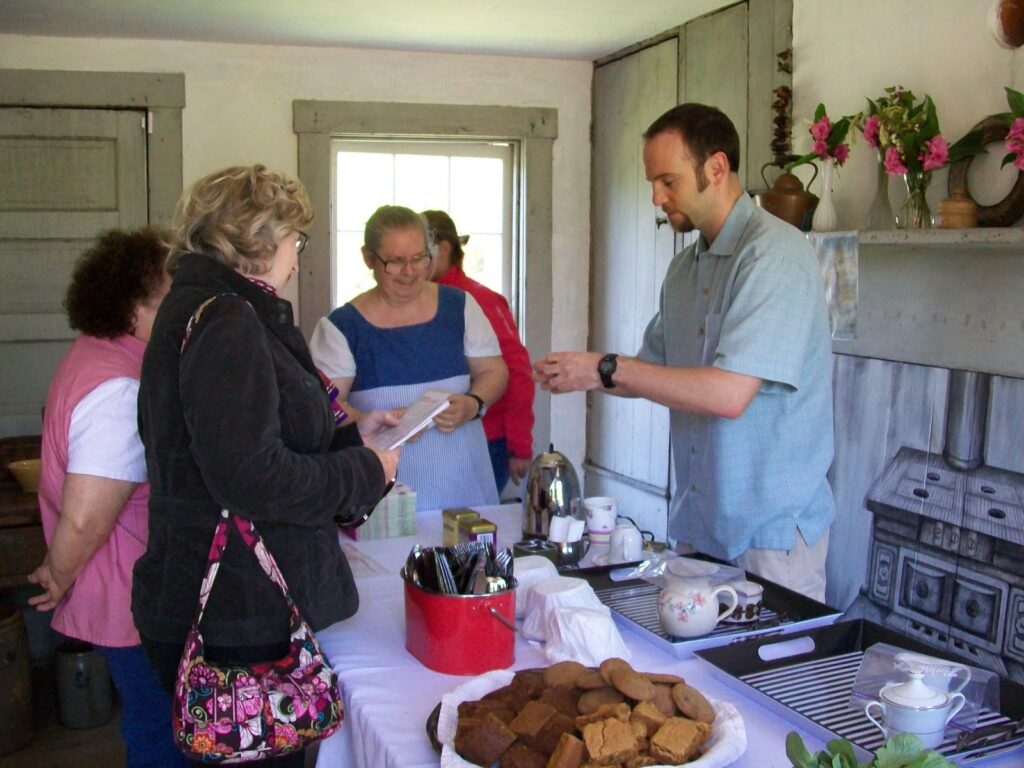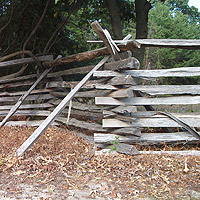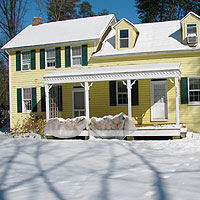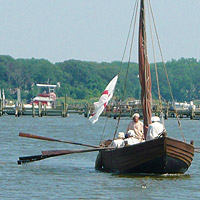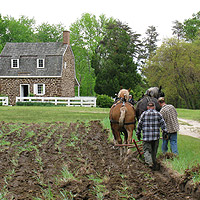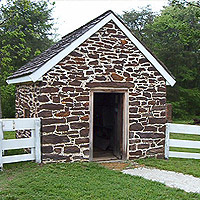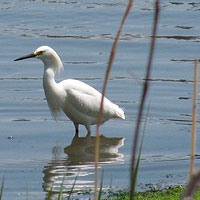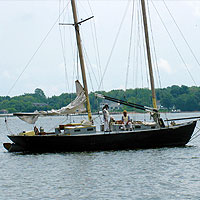
Public Hours
April through October
Sundays 1-4 PM (except Easter)
Extended hours based per event.
Explore
About the Farm
Hancock Family
Photo Gallery
History
Events Calendar
Upcoming:
No data was found

GET INVOLVED
Mailing Address:
Hancock’s Resolution
2795 Bayside Beach Road
Pasadena, MD 21122
Information phone number:
410-952-2798
